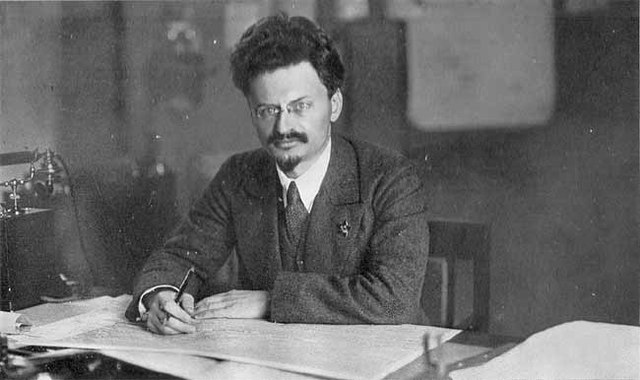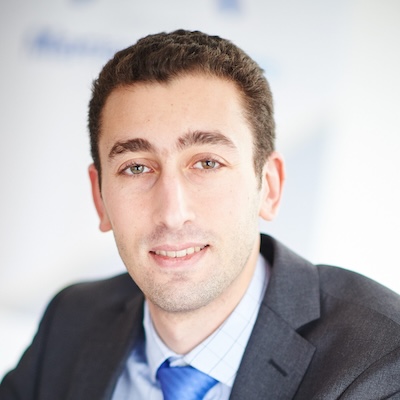
Jihad – the force of being few

The author, Michael Benhamou, is the Executive Director of OPEWI. Formerly, he served as a Political Advisor for NATO and EU operations.
Reviewing Hugo Micheron, La colère et l’oubli, éditions Gallimard, 2023
This paper was originally published in the November 2023 issue of Revue des Deux Mondes
Some researchers plunge so far into their field that they never come back, or else they’re diminished – too upset to be of any use. This is not the case for Hugo Micheron, an Arabist who has spent serious time in Mesopotamia, visiting overcrowded prisons, the Salafi districts of northwestern Europe or even the hushed archives of Princeton. Not exactly a joyful stroll, but the satisfaction of grasping, coldly, the logic behind forty years of attacks and wars.
Except: let us be careful about the word “logic” itself, explains the researcher. Micheron immediately disappoints sociologists and anthropologists addicted to sophisticated correlative models: of the six thousand European jihadists who left to fight in Syria in the 2010s, there are few statistical links with local poverty levels, with measures on the respect for human rights, with certain countries’ colonial past or with the kindness of bakers. On the other hand, according to this book, we find a strong Trotskyist determinant: willpower, and the ability to organize this willpower. The Soviet leader used to say: “The masses are useless; a small troop is enough to pull off a coup d’état”.
This is clearly the philosophy followed by jihadists since the Soviet invasion of Afghanistan in the 1980s. Men selected after a difficult training course, rigorous training, basic but precise logistics, and finally a prepared, sequenced transition to terrorist action. A noteworthy feature that would certainly have surprised Trotsky is that when preparations are being made, the city centre is abandoned in favour of suburban and border areas, where police surveillance is more difficult. The cases of Molenbeek (Belgium) and Ulm (Germany) are fascinating in this respect.
Although the subject is no longer at the centre of the news in early 2023, with the ‘east’ neighbourhood dominating the ‘south’ in recent times, Micheron highlights that the trend of this type of violence has increased over recent decades, with active periods of calm and a still limited but growing mass across Europe: 11,000 Salafists today in Germany (three times the figure of 2000), between 30,000 and 50,000 Salafists in France (six to ten times the figure of 2004). Only 0.3% of the Muslim population in total, but an ascending pressure on domestic intelligence.
Hence the need to go back to basics, even tactics. In his book, Micheron basically proposes what would be called “preparation for the operational environment” in military dialect. All that remains is to deduce a response that avoids what these “Salafo-jihadists” hope for with all their hearts: the collapse of the rule of law, the stigmatisation of Muslims in Europe.
Image: Wikimedia Commons, Public Domain


